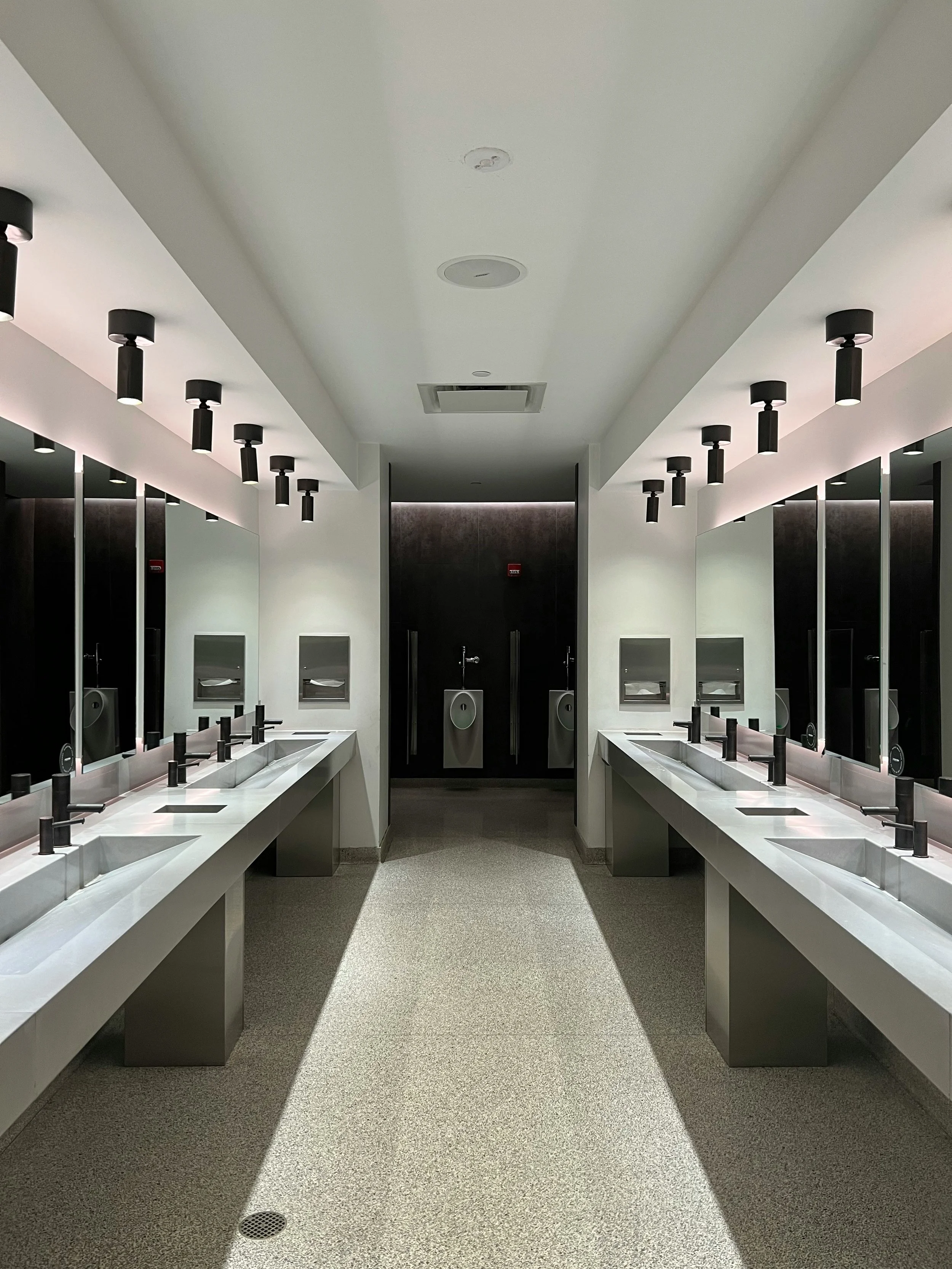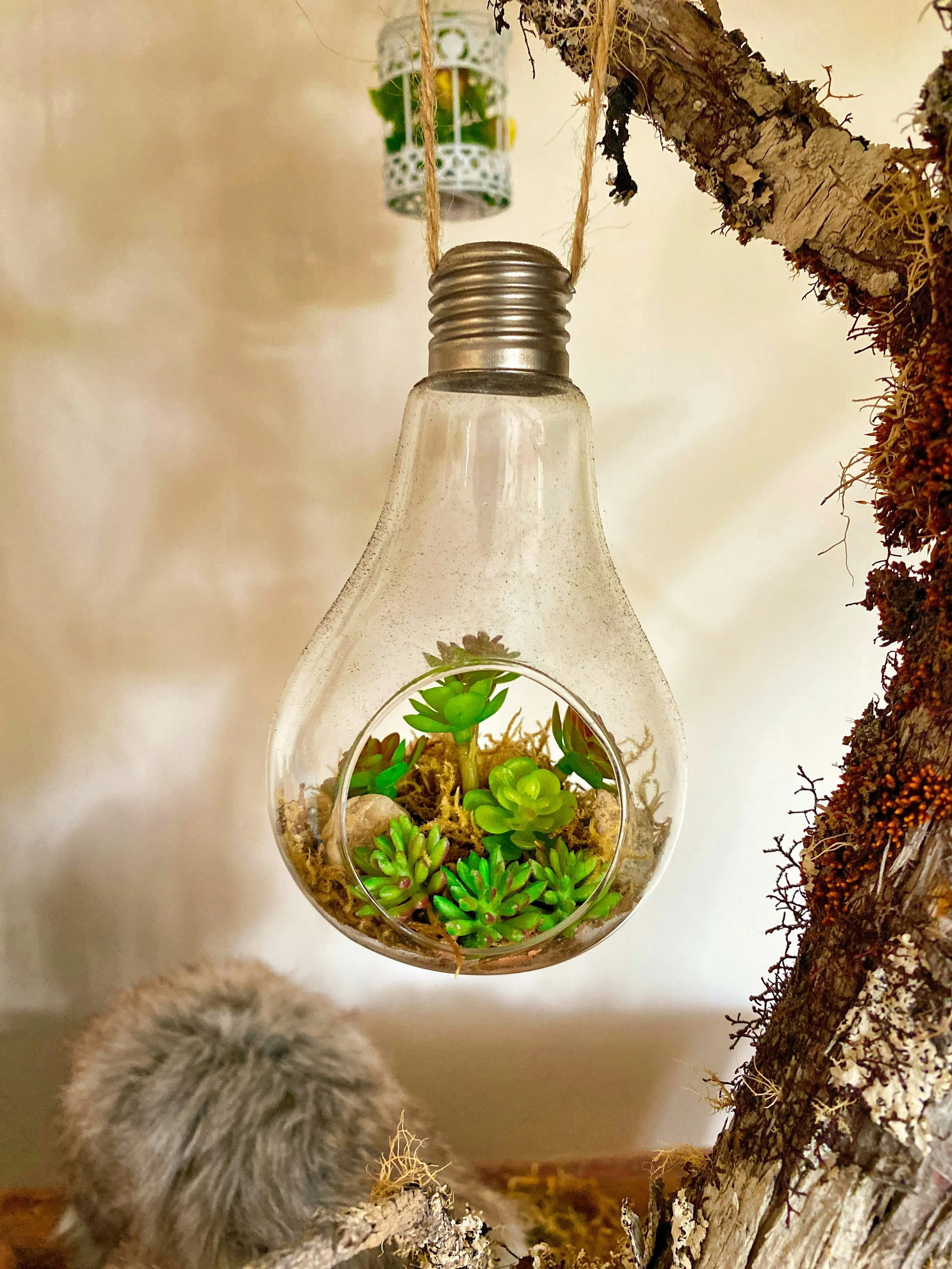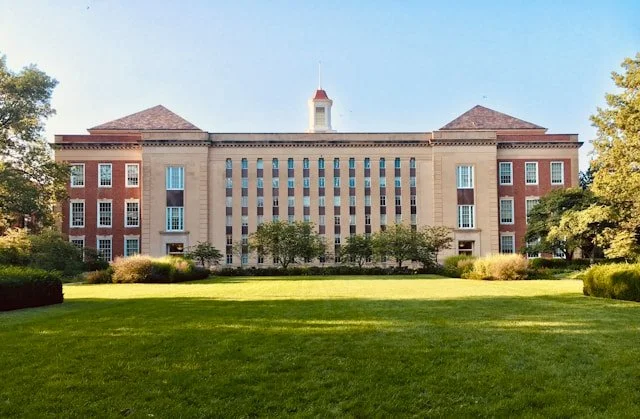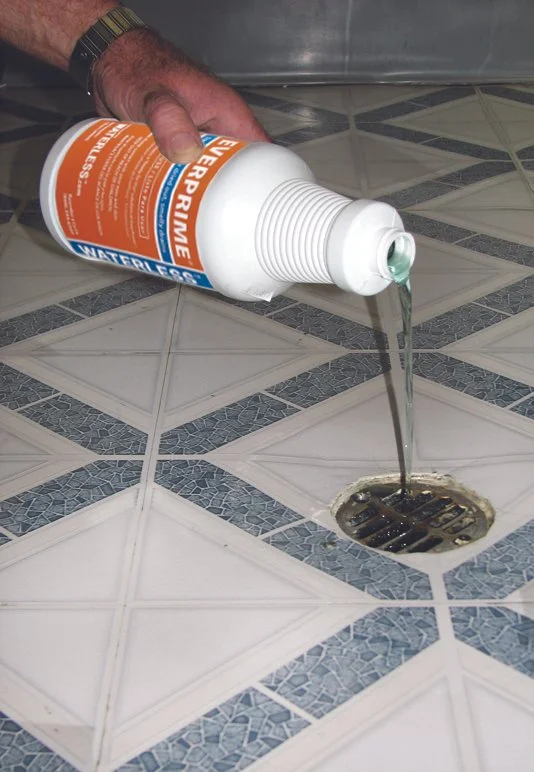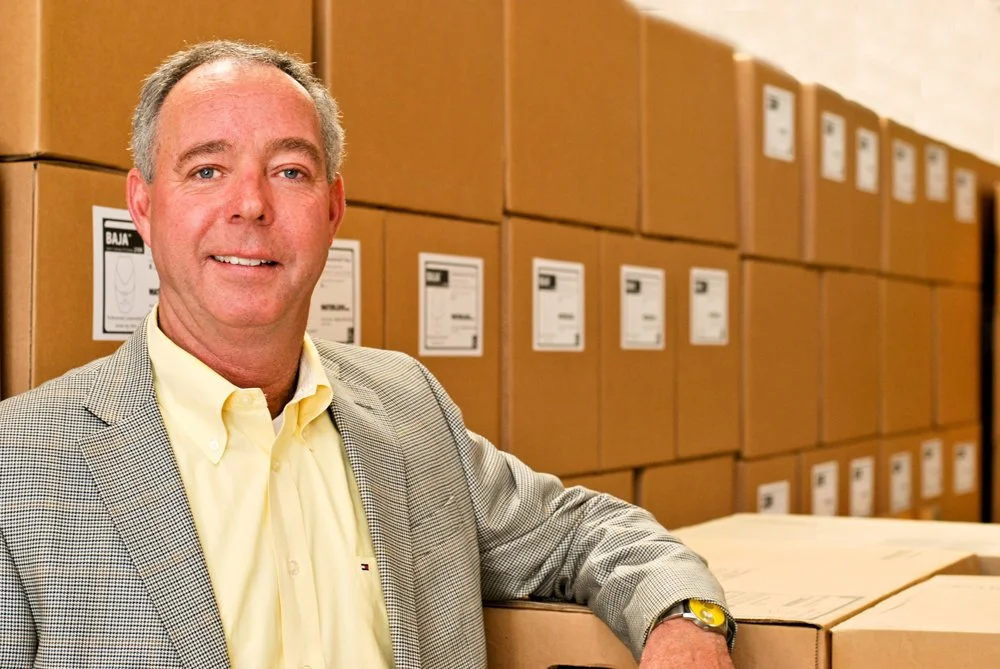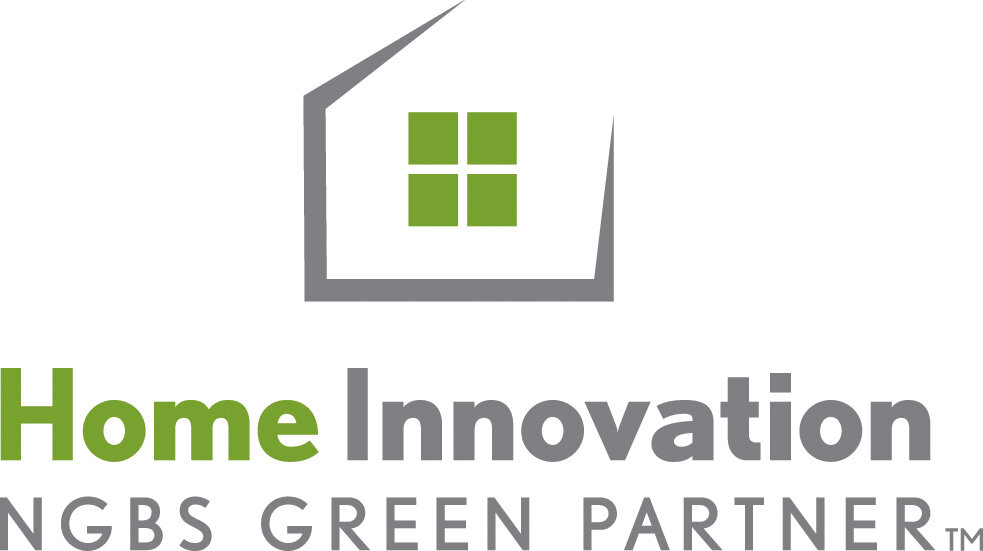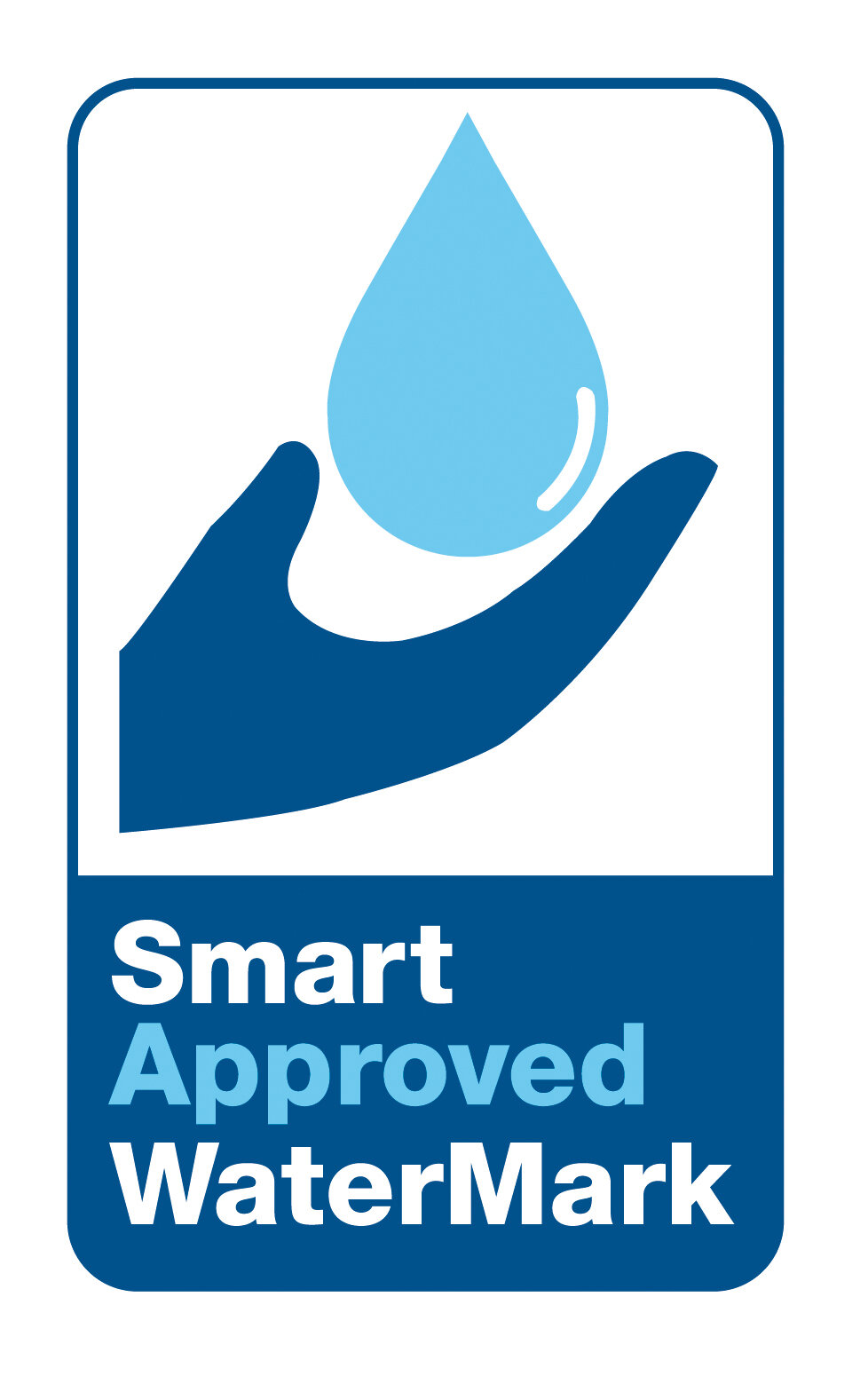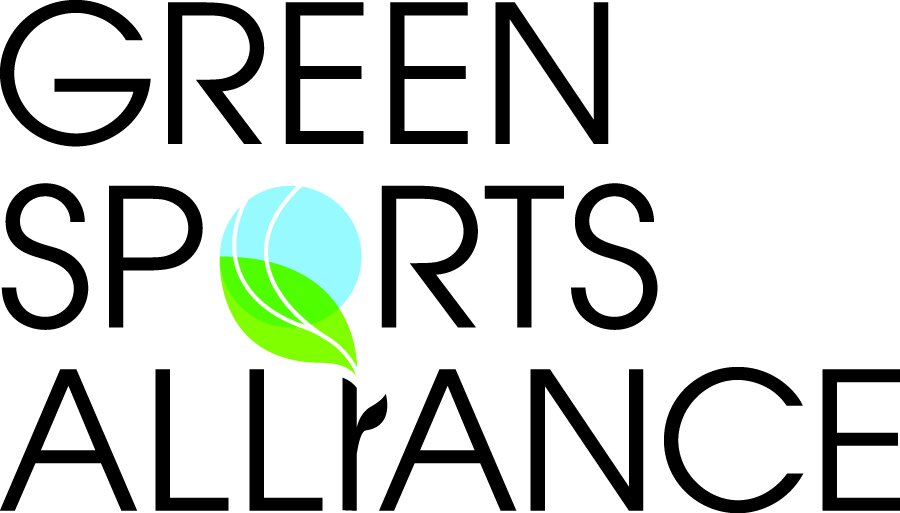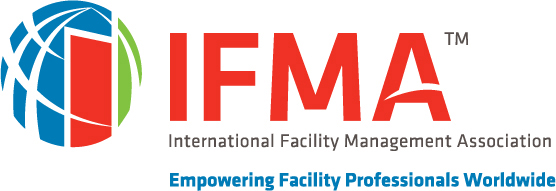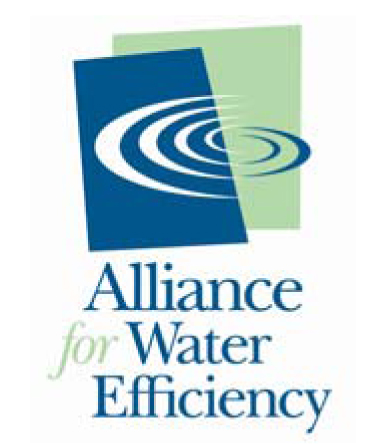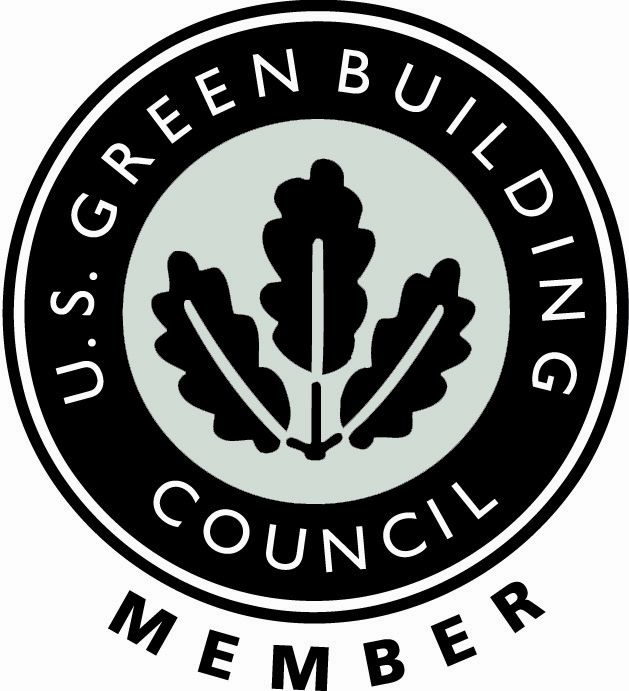Image by Zach Szohoflcvy found on Unsplash
When evaluating waterless urinal installation, most facility managers and building owners focus on one benefit — water savings. While reducing water use is a major advantage, several other critical factors should be reviewed before installing waterless urinals in your facility.
1. Understand How Waterless Urinal Technology Works
Waterless urinals use no water to flush.
They rely on gravity to direct urine into a cartridge filled with a sealant liquid.
This sealant moves urine into the drain and blocks restroom odors from escaping.
The result: odor-free, low-maintenance restroom performance with zero water waste.
2. Determine If Your Facility Is a Good Fit
Best suited for high-traffic commercial buildings such as:
Schools and universities
Airports and transportation hubs
Stadiums and arenas
Office buildings and government facilities
Delivers the greatest value where water savings, lower operating costs, and simplified maintenance make the biggest impact.
3. Verify Installation Requirements
Compatible with most existing plumbing systems.
Can be installed directly in place of traditional urinals.
Inspect older or corroded drain lines before installation to ensure optimal performance.
Newer or modernized facilities typically present no compatibility issues.
Proper installation and ventilation are key to long-term success.
4. Recognize the Full Range of Benefits
Beyond water conservation, the benefits of waterless urinals include:
Lower water and sewer bills
Reduced maintenance and plumbing costs
No flush handles — fewer vandalism and repair issues
Faster, easier cleaning and sanitation
Potentially lower installation costs than traditional flush urinals
Contributes to a cleaner, greener restroom environment
5. Understand and Reduce Urinal Splatter (Splash Back)
Urinal splatter occurs when droplets rebound from the urinal surface.
Can affect hygiene and cleanliness in public restrooms.
Waterless urinals minimize splatter because there’s no flush water creating turbulence.
Urine drains directly to the bottom, reducing mess and improving restroom hygiene.
6. Learn How to Clean Waterless Urinals Properly
Never flush with water — it can damage the cartridge or trap.
Use a neutral cleaner or disinfectant and a soft cloth to wipe surfaces.
Regular cleaning keeps urinals odor-free and performing efficiently.
Proper maintenance can extend cartridge life and reduce long-term costs.
7. Explore Product and Cartridge Options
Not all waterless urinal systems are created equal.
Cartridge lifespans differ by manufacturer — from a few months to longer intervals.
Choosing a long-life cartridge system reduces maintenance frequency and costs.
Review brand warranties, replacement costs, and environmental certifications before purchasing.
8. Consider LEED and Green Building Certification
LEED v5 and other green building standards award points for installing water-saving restroom fixtures.
Waterless urinals contribute to LEED certification, helping facilities meet sustainability benchmarks.
Can also help contribute to WELL certification.
9. Align with Your Sustainability Strategy
Perfect for organizations pursuing water reduction, net-zero, or sustainable operations.
Reinforces your corporate sustainability commitment.
Demonstrates environmental leadership in response to growing water scarcity across North America.
Publicly showcasing these efforts can strengthen your brand reputation.
10. Know the Expected Lifespan and ROI
A high-quality waterless urinal can last as long or longer than flush urinals.
With no moving parts, there’s less risk of breakage or downtime.
Choose a timeless design to maintain aesthetic appeal over time.
Long-term ROI comes from reduced water use, lower maintenance, and fewer repairs.
Key Takeaway
By reviewing these ten factors, facility managers and building owners can make an informed decision about installing waterless urinals. In most cases, the conclusion is clear — waterless technology is the smarter, more sustainable, and more cost-effective choice.
👉 Contact Waterless Co. Inc. today to learn how our waterless urinals can:
Save water and reduce utility costs
Lower maintenance demands
Help your facility meet sustainability and LEED goals
Visit www.waterless.com to get started.


